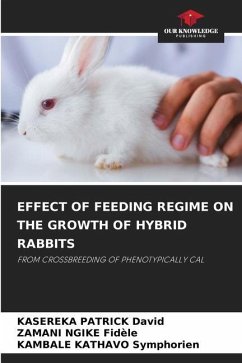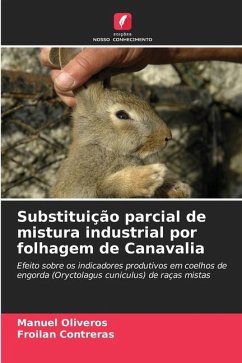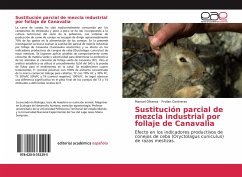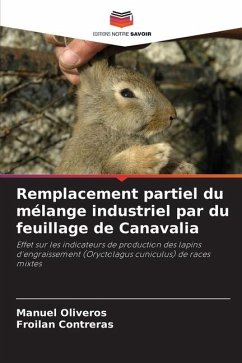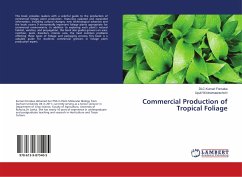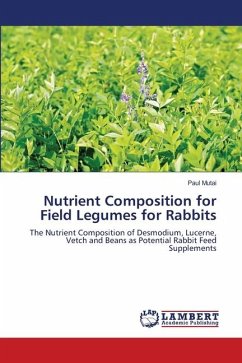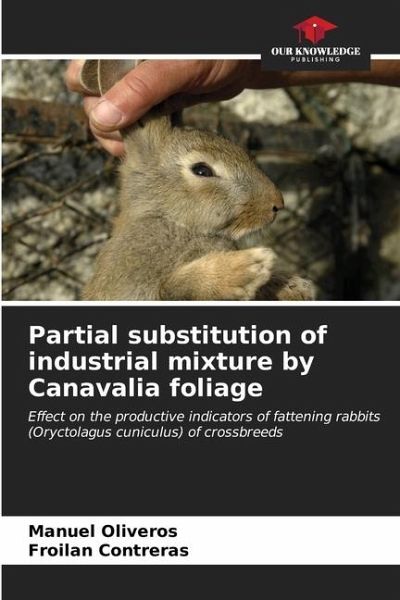
Partial substitution of industrial mixture by Canavalia foliage
Effect on the productive indicators of fattening rabbits (Oryctolagus cuniculus) of crossbreeds
Versandkostenfrei!
Versandfertig in 6-10 Tagen
27,99 €
inkl. MwSt.

PAYBACK Punkte
14 °P sammeln!
Rabbit meat has been traditionally consumed by Venezuelan farmers and has gradually been incorporated into the nutritional culture of the rest of the population. Rabbit meat production systems do not escape from directing approximately 70% of the expenses in rabbit feeding. In the present research, we seek to evaluate the partial substitution of industrial mixture by Canavalia (Cannavalia ensiformis) foliage and its effect on the productive indicators of fattening rabbits (Oryctolagus cuniculus) of mestizo breeds. Behavioral tests such as green matter consumption and selectivity were applied t...
Rabbit meat has been traditionally consumed by Venezuelan farmers and has gradually been incorporated into the nutritional culture of the rest of the population. Rabbit meat production systems do not escape from directing approximately 70% of the expenses in rabbit feeding. In the present research, we seek to evaluate the partial substitution of industrial mixture by Canavalia (Cannavalia ensiformis) foliage and its effect on the productive indicators of fattening rabbits (Oryctolagus cuniculus) of mestizo breeds. Behavioral tests such as green matter consumption and selectivity were applied to determine the animals' preference to consume green canavalia foliage (FC). For the statistical analysis, the GLM procedure of SAS and Tukey's test for carcass yield were used. Four treatments were established: T1 (positive control) with 100% concentrated feed of the commercial brand Galope for horses; T2 with 70% AC and 30% FC; T3 50% AC and 50% FC; and T4 (negative control) 100% FC. A significant difference was observed in the final weight of the rabbits of T3 and T4.





